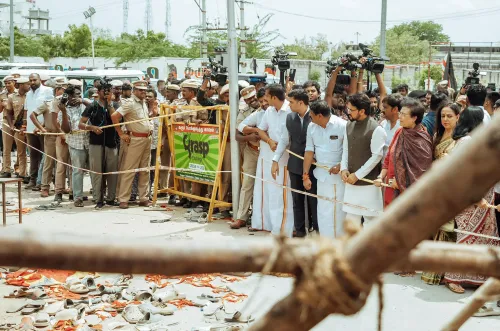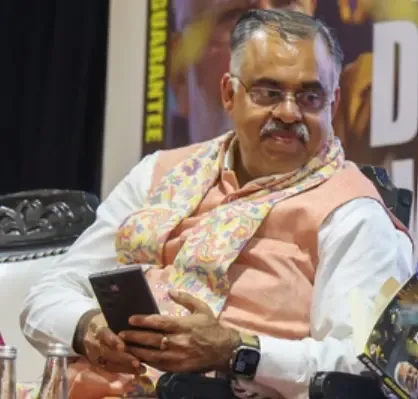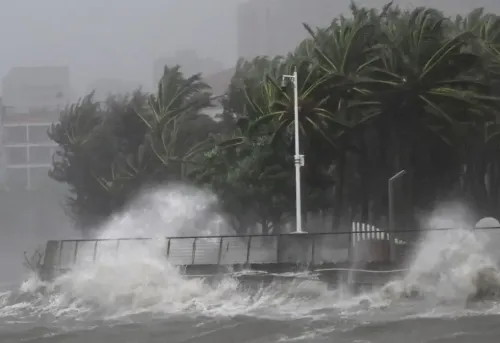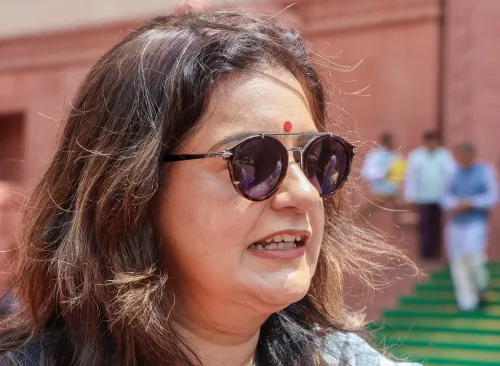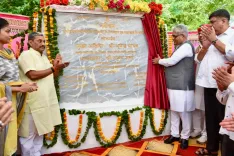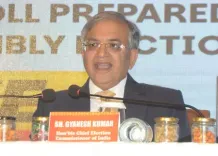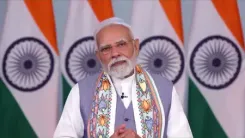How has President Murmu Praised the Growth of Metro Rail Cities Since 2014?
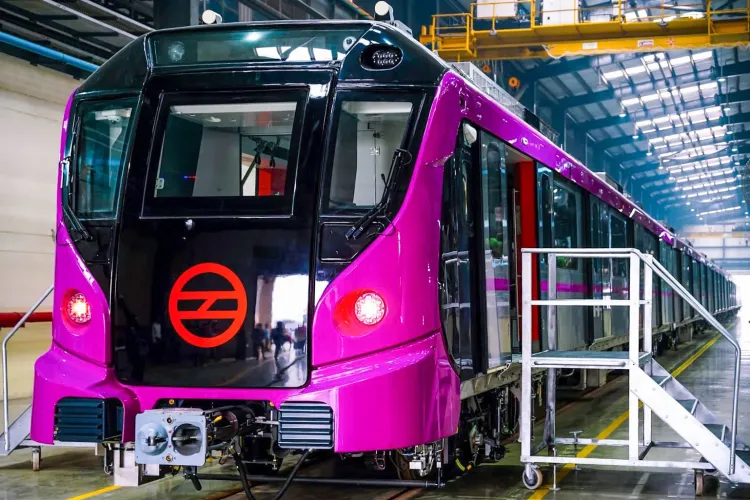
Synopsis
Key Takeaways
- Expansion of Metro networks in 23 cities enhances urban mobility.
- Investment of Rs 2.5 lakh crore supports domestic manufacturing.
- Metro network growth from 248 km to 1,013 km by 2025.
- Focus on sustainability and environmental protection in urban transport.
- Public-Private Partnerships are essential for project financing.
New Delhi, Aug 14 (NationPress) President Droupadi Murmu on Thursday commended the surge in cities adopting Metro rail systems, highlighting the government's commitment to addressing urbanization challenges with technology. This modern urban mobility solution has now reached 23 cities.
In her speech on the eve of the 79th Independence Day, the President noted that over the last ten years, not only has the count of cities with Metro networks expanded, but government incentives for urban mobility have also boosted local manufacturing.
India currently boasts the world’s third-largest metro network, with its metro system growing from 248 km in 2014 to a projected 1,013 km by 2025. Under the leadership of Prime Minister Narendra Modi, the government has allocated Rs 2.5 lakh crore (approximately $28.86 billion) and manufactured over 2,000 metro coaches domestically.
Projects such as Make in India, solar-powered stations, and driverless metro trains are paving the way for sustainable, future-oriented mobility.
In her address, the President placed significant emphasis on environmental protection, asserting it as a shared responsibility that necessitates public engagement and a change in behavior.
As per government statistics, the inception of metro lines began in Delhi’s suburbs in the early 2000s, and now, technologically-advanced Metro rail systems are operational in 23 Indian cities.
The rate of launching new Metro lines has seen a remarkable increase, from 0.68 km/month prior to 2014 to around 6 km/month currently.
The metro budget for the fiscal year 2025–26 stands at Rs 34,807 crore, which is over six times the Rs 5,798 crore allocated in 2013–14.
The Metro Rail Policy 2017 mandates cities to develop Comprehensive Mobility Plans (CMPs) and establish Urban Metropolitan Transport Authorities (UMTAs) to oversee metro system development, focusing on sustainability, financial viability, and integrated urban transportation.
To qualify for central financial support, metro projects must achieve a minimum Economic Internal Rate of Return (EIRR) of 14 percent and involve essential private sector engagement via Public-Private Partnerships (PPP).
In alignment with the Make-in-India initiative, the government has set a target for domestic procurement of at least 75 percent of metro cars and 25 percent of key equipment and subsystems — a significant move to enhance local production and promote self-reliance in the mobility sector.

